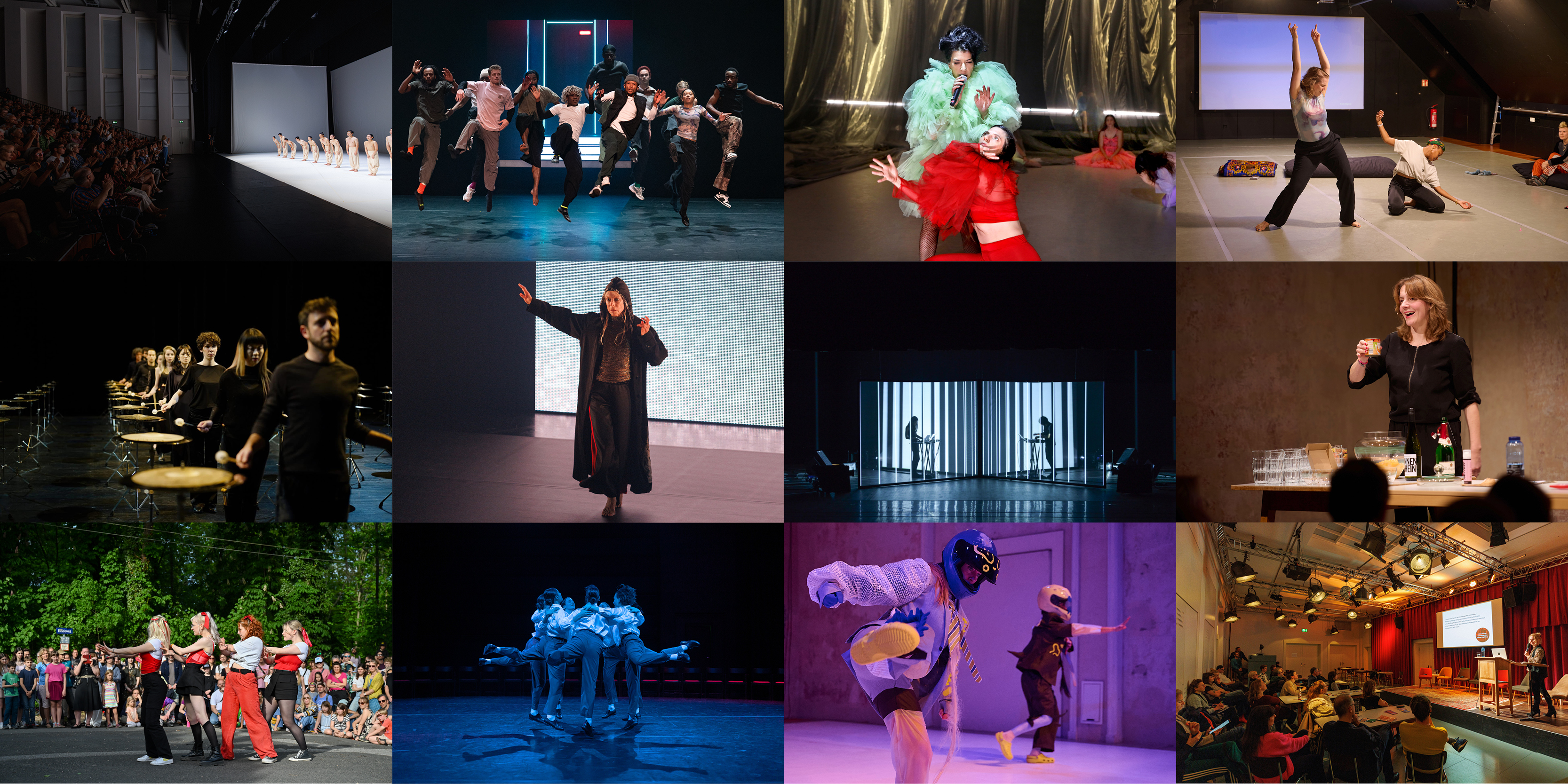#Throwback – HELLERAU Review of the year
A very eventful and intense year 2024 is coming to an end and it is to be expected that 2025 will also present us with major challenges. But perhaps it is good not to look at the negative balance of crises and conflicts, wars and environmental disasters, but rather at the moments of hope, positive developments and reconciliation on both a small and large scale. And what can we do in our daily interactions to create moments of respite and understanding? Art and culture cannot solve social problems, but they can serve as an example of how other languages, images and sounds can open up new perspectives on different realities and create experimental new forms of encounter. That sounds more modest than it is.
Art and culture should still contain something like a utopian surplus, the search for new forms of expression and future scenarios as well as a meticulous reappraisal of past histories and traditions. It is precisely the infinitely diverse forms of the arts and the many cultural encounters that can strengthen each and every one of us and make up the richness of our society.
When I look back on the year 2024 in HELLERAU, I see the many artistic projects by companies and artists from near and far and I can once again feel the reactions of the audience in the Great Hall of the Festspielhaus, I remember the conversations after the performances, I see the workshops in the Kulturgarten and so much more.
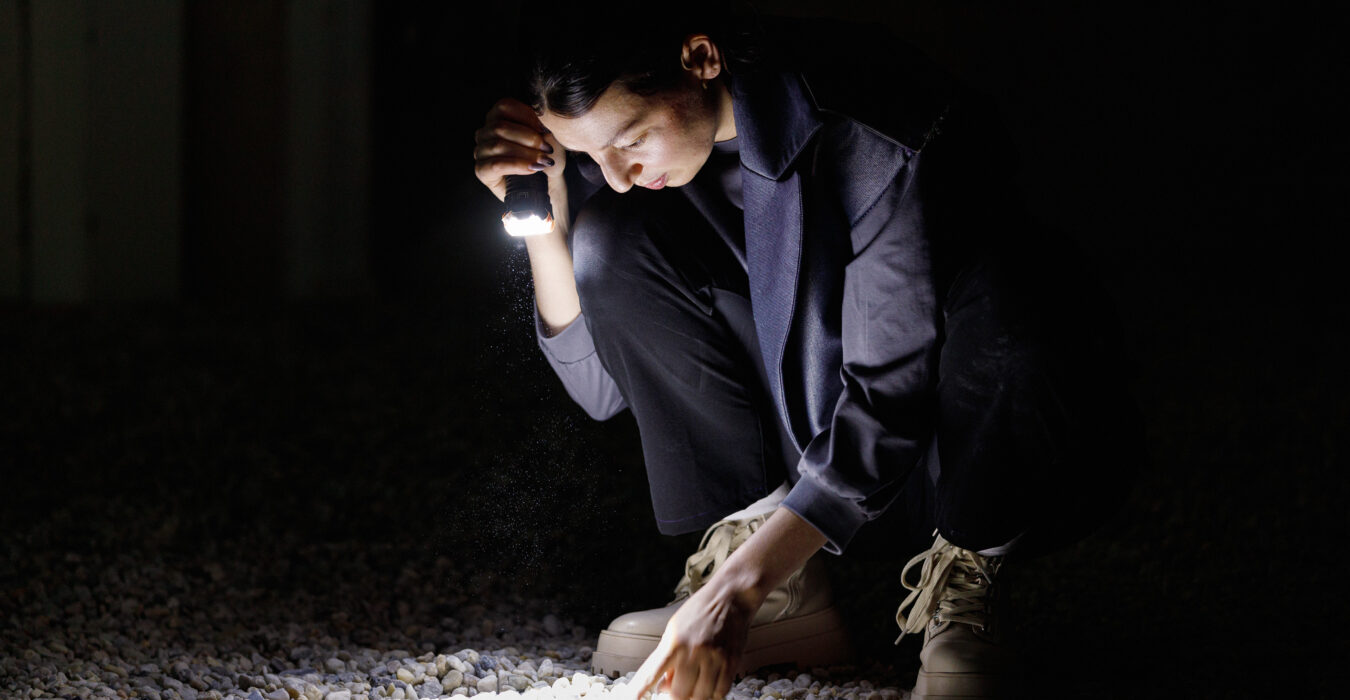
At the beginning of the year, the group fachbetrieb rita grechen performed a musical epic in the Festspielhaus and on its grandstand as part of their exploration of the complex history of the Rügen seaside resort of Prora. Dina Zaitev and Michael McCrae took their audience on a delicate search for traces of their contrasting family histories and memories from the National Socialist era. The sound of the Jewish Chamber Orchestra and the voice of Jelena Kulic and her story about the almost forgotten composer Józef Koffler also still echos in our halls. With SCHICHTEN HELLERAU has begun examining its own history within its ground. A publication by Robert Badura on the history of the Festspielhaus and the surrounding area during the National Socialist era is in the works in cooperation with the Saxon Institute for History and Folklore. In autumn, the 35th anniversary of the fall of the Berlin Wall was the subject of a weekend with the play “Mauern” by the performance group She She Pop, the performative reading “Drei ostdeutsche Frauen betrinken sich und gründen den idealen Staat” by Anett Gröschner, Peggy Mädler and Wenke Seemann as well as a panel in cooperation with the Friedrich-Ebert-Stiftung on the role of theaters in East and West.

The third edition of our “Nebenan” festival, which was dedicated to Hungary’s independent art scene, was a good thematic link. In cooperation with Hungarian partners, HELLERAU presented a young, vibrant independent scene and invited visitors to discuss the current difficult social and cultural situation with Hungarian specialists. With her latest work “Playing on Nerves”, Moldovan author and director Nicoleta Esinencu impressively continued her critical examination of history and the present from the perspective of the East.

Music in HELLERAU was this year once again represented by a wide range of contemporary styles and performers: The spectrum ranges from the special concert G.F. Haas and Dresdner Staatskappelle to Ensemble Modern, Ryoji Ikeda and Chaya Czernowin to the Feature Ring and Dienstagssalon series, the collaborations with the Dresden Music Festival and the Dresden Poetry Prize. In addition, HELLERAU is particularly dedicated to the new focus Immersive Sounds, which presents, discusses and actively shapes current and innovative developments in the field of new concert concepts. In November, ZIMMT (Center for Immersive Media Art, Music and Technology) took over the special technical conception, installation and equipment of the complex multi-channel audio system for an innovative installation, concert and discussion format.
Shortly beforehand, the HYBRID Biennale 2024 had already addressed the transformation of the arts in the digital age and showcased outstanding artistic projects such as the Dresdner Sinfoniker’s Robotersinfonie, the performance “New Illusion” by Japanese director Toshiki Okada and the captivating spatial sound performance by the duo Nonotak. The artistic projects were flanked by an intensive specialist symposium that focused on the new and further development of spatial concepts for museums, theaters and operas.
Throughout the year, HELLERAU was once again a close partner for many productions by Dresden groups and artists, as well as the Jugendjazzorchester Sachsen and TanzART Kirschau, the PORTRAITS Hellerau Photography Award, the Fast Forward Festival of the Staatsschauspiel Dresden and much more.
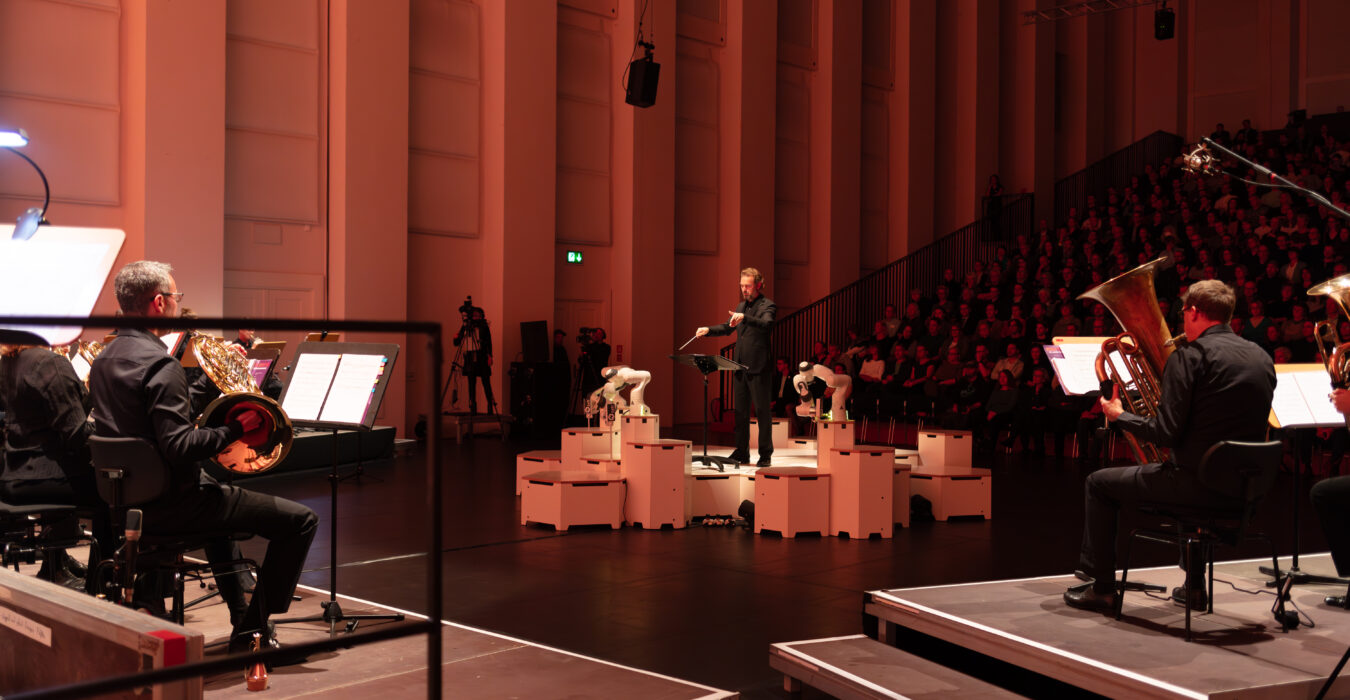
As part of the year-round residency program, many international artists from all over the world came together, creating a creative working cosmos that has since spread throughout the performing arts and music.
In 2024, HELLERAU was once again the center of contemporary dance and presented great international choreographers and companies to a dance-loving audience. From Rosas with the moving performance “Exit Above” to Cloud Gate Dance Theatre, Ballet de l’Opera de Lyon and Christos Papadopoulous, Amala Dianor to Yasmeen Godder Company, Alice Ripoll, Wen Hui and Louise Lecavalier – the diversity of different dance languages and correspondence with our time is always a new experience. With the new focus “Dance Together”, we started May with the go plastic company and tried out dancing together in workshops and on stage with La Fleur and Eun-Me Ahn, among others – with an all-round enthusiastic atmosphere.
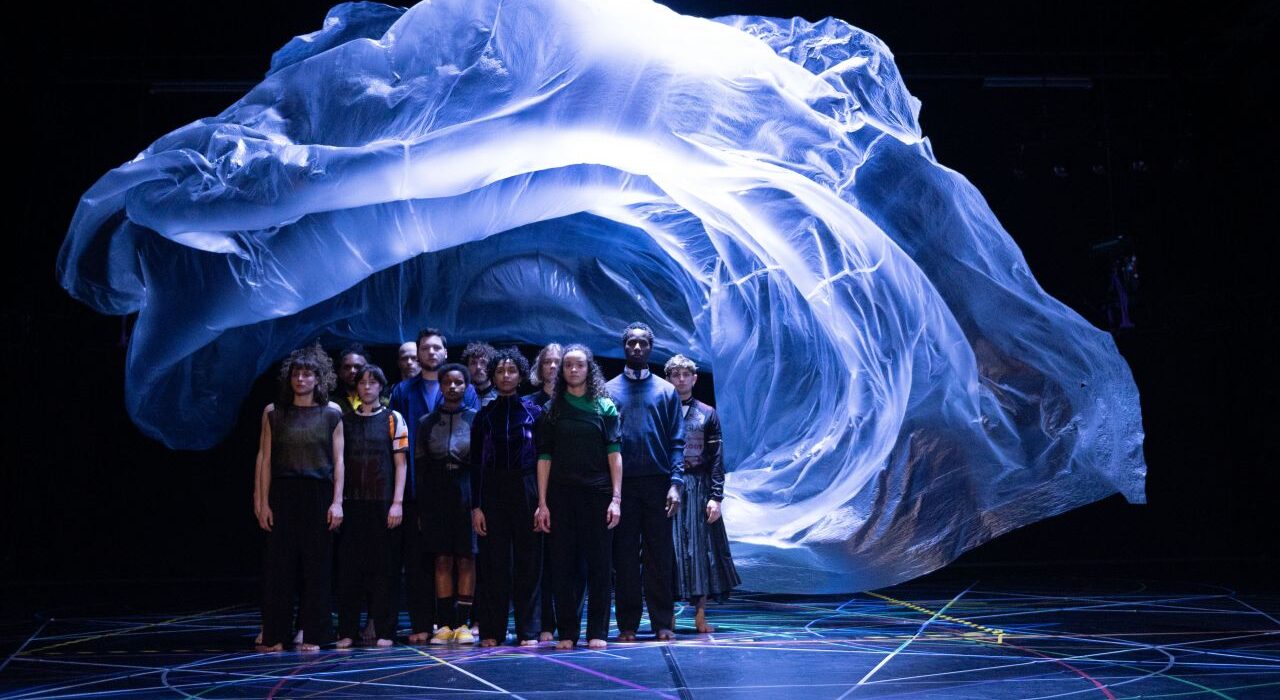
Our formats for young audiences – the Young Stage festival and explore dance – dance for young audiences’ network, with our partners in Potsdam, Hamburg and Munich – were also a hit. We were particularly pleased to be honored with the German Dance Award!

And last but not least, the cooperation “Join” with the Dresden Frankfurt Dance Company under the new artistic direction of Ioannis Mandafounis as part of the ZERO program of the German Federal Cultural Foundation should also be mentioned here – a long process of collaboration with the question “How can we work sustainably in the cultural sector and still remain creative artistically?”. The production “Join”, created in Dresden together with the Palucca University of Dance, has already received several international invitations.
This retrospective can only serve as an excerpt from our work and the many encounters we have had.
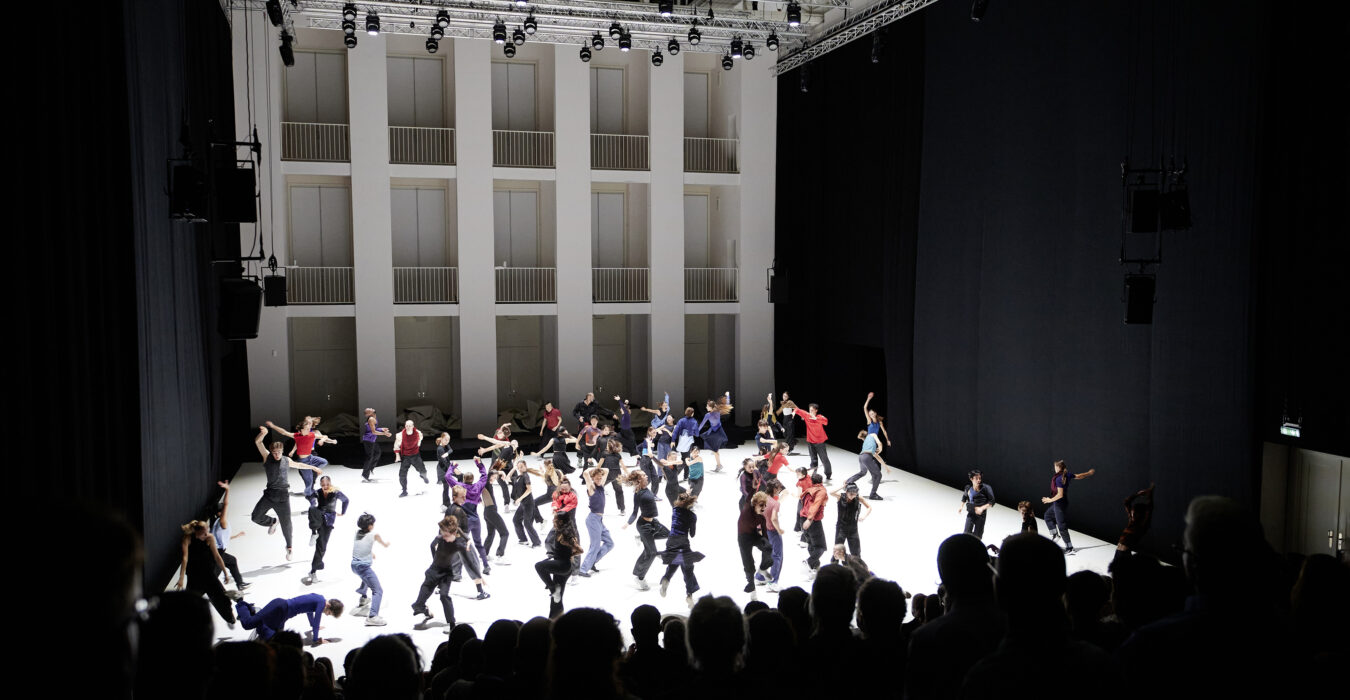
I would like to take this opportunity to thank all those who make HELLERAU possible as a venue and support it with this program: our legal entity, the state capital Dresden, the Federal Government Commissioner for Culture and the Media for the Alliance of International Production Houses, the Federal Cultural Foundation for the symposium “Black Box White Cube XR”, the Free State of Saxony for explore dance, the Cultural Foundation of the Free State of Saxony, the national performance network, the European Union for Moving Identities, the Federal Agency for Civic Education for the festival “Nebenan/Mellettünk – Independent Art from Hungary”, the Fonds Darstellende Künste, the Goethe-Institut Germany and many more. Then there are the many partners with whom HELLERAU collaborates and, of course, the artists and cultural actors.
The HELLERAU program would not be possible on this scale without the institution’s financial resources, support and funding as well as the collaborative partnerships. My wish for HELLERAU in 2025 is that this international institution will be preserved in all its diversity – for Dresden, for Saxony and for our many partners worldwide.
We look forward to starting the year with you at the Festspielhaus. January offers a varied start to the new year with the performance series “Letters Home”, the concert “Happy New Ear” and the dance piece “Contre-nature”.
A peaceful and healthy 2025 to us all!
Carena Schlewitt and the HELLERAU team
On the cover
Top row (left to right):
- Cloud Gate Dance Theatre – Sounding Light, Photo: Klaus Gigga
- Amala Dianor – DUB, Photo: Pierre Gondard
- Yasmeen Godder Company & Dikla – Shout Aloud, Photo: Birgit Hupfeld
- #yodo – Open Studio (im Rahmen von Moving Identities), Photo: Stephan Floss
Middle row (left to right):
- Ryoji Ikeda & Les Percussions de Strasbourg – 100 Cymbals, Photo: Henri Vogt
- Louise Lecavalier – danses vagabondes, Photo: Klaus Gigga
- NONOTAK – SHIRO, Photo: Tony Trichanh
- Annett Gröschner, Peggy Mädler & Wenke Seemann – Drei ostdeutsche Frauen betrinken sich & gründen den idealen Staat, Photo: Stephan Floss
Bottom row (left to right):
- Tanz in den Mai (im Rahmen von Dance Together), Photo: Anja Schneider
- SUB.LAB.PRO/Jenna Jalonen – RING (im Rahmen von Nebenan/Mellettünk), Photo: Daniel Domolky
- Caroline Beach & Saida Makhmudzade – Was geht, Erdling, Photo: Stephan Floss
- Panel: Welche Rolle haben Theater heute?, Photo: Klaus Gigga
In the text
- McCrae, Zaitev, Schönijahn & Piroschik – THE GREAT GRAND OTHER, Photo: Klaus Gigga
- fachbetrieb rita frechen – Self Care Strandbefehl, Photo: Julius-Zimmermann
- Réka Oberfrank – Miracle (im Rahmen von Nebenan/Mellettünk), Photo: Gergely Ofner
- Dresdner Sinfoniker – ROBOTERSINFONIE (im Rahmen der HYBRID Biennale), Photo: David Sünderhauf
- ROSAS – Exit above, Photo: Anne van Aerschot
- go plastic company – Fight for your fairytale (im Rahmen von explore dance), Photo: Stephan Floss
- Ioannis Mandafounis, Tänzer*innen der DFDC und der Palucca Hochschule für Tanz Dresden – Join, Photo: Stephan Floss


